Gratitude letter template for students
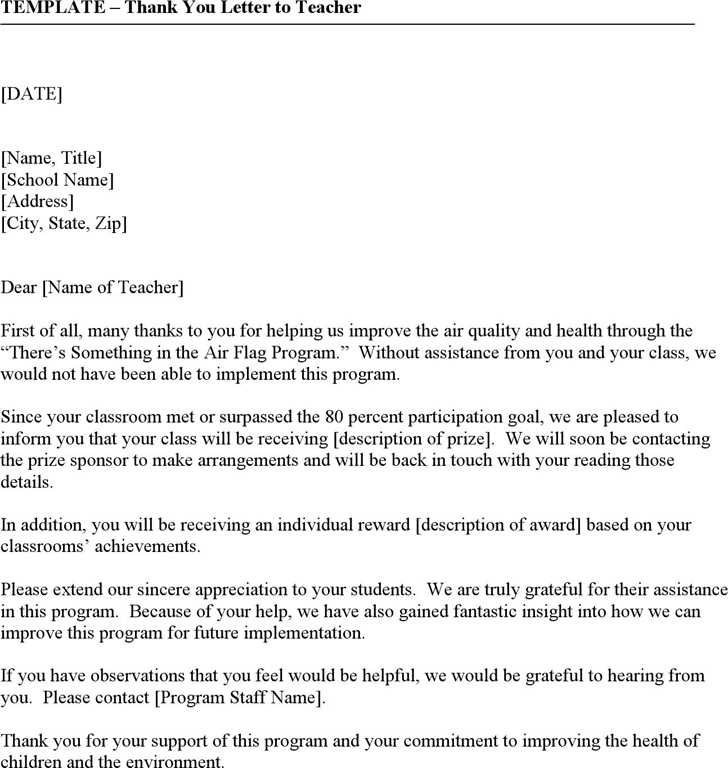
Writing a gratitude letter is a meaningful way for students to express appreciation to those who have had a positive impact on their lives. Whether you are thanking a teacher, mentor, or fellow student, it’s important to convey sincerity and clarity in your message. Start by addressing the person directly and acknowledging the specific ways they’ve contributed to your personal or academic growth.
Use clear and direct language to describe the moments that made an impact. Mention any particular advice, encouragement, or support you received. Personalize the letter with specific examples that show you recognize the effort and time invested in you. Make sure to convey your genuine feelings of gratitude in every sentence.
Finish by looking toward the future and offering your continued appreciation. Remind the person that their influence will stay with you, and express your commitment to carry forward what you have learned. This simple yet heartfelt act will go a long way in strengthening your relationship and showing how much you value their presence in your life.
Gratitude Letter Template for Students
A gratitude letter is a meaningful way for students to express appreciation. Crafting one allows you to acknowledge the effort, support, and encouragement you’ve received, whether from a teacher, a mentor, or a peer. Follow this simple template to structure your message clearly and thoughtfully.
Structure and Key Elements
Start by addressing the person you are thanking. Use a respectful and warm salutation, such as “Dear [Name].” Then, state the purpose of your letter right away–acknowledge your gratitude and mention the specific reason you’re thankful. For example, “I am deeply grateful for the guidance and support you provided during my project.” This makes your message clear and direct.
Next, provide details about how their help made a difference. Mention particular actions or advice that stood out. This shows genuine appreciation and lets the reader know how their efforts impacted you. For example, “Your detailed feedback on my research paper helped me improve significantly and complete the assignment with confidence.”
Closing Your Letter
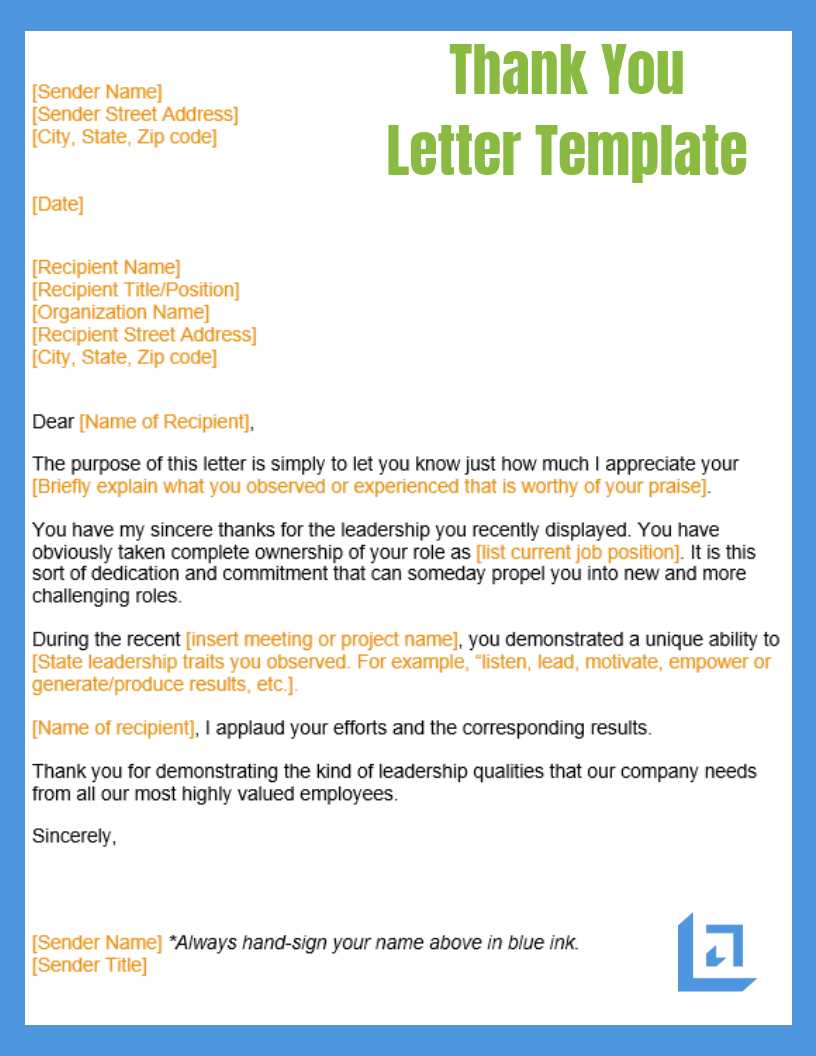
End your letter with a sincere note of thanks and your best wishes. You could say, “Thank you again for your time and dedication. I truly appreciate all you’ve done for me.” Sign off with “Sincerely” or “Warm regards,” followed by your name.
By following this template, students can create a personalized, heartfelt letter that effectively conveys their gratitude.
How to Structure Your Gratitude Letter
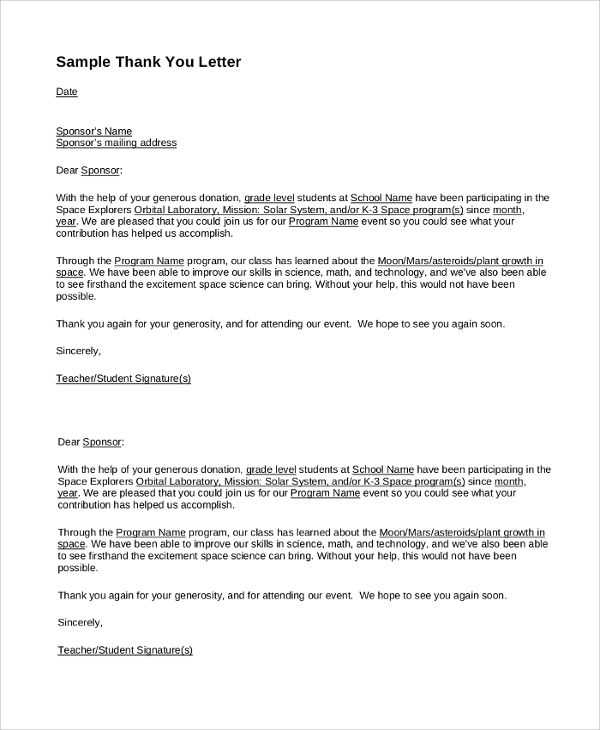
Begin with a direct expression of thanks. Clearly state what you are grateful for. Keep this part concise and specific, such as “I appreciate your support during my studies” or “Thank you for the guidance you provided in the project.” Avoid generic or overly wordy introductions.
Be Specific About the Impact
After the opening, elaborate on how the person’s actions or support influenced you. Mention specific instances where their help made a difference. This shows genuine appreciation and demonstrates that you value their contribution.
- “Your advice helped me navigate the challenges of my final project.”
- “The feedback you gave me on my paper improved my understanding of the subject.”
Close with a Personal Touch
Finish your letter with a personal note that shows your continued gratitude. This could be a mention of how you plan to apply what you’ve learned or how their help will stay with you. Keep it warm and sincere.
- “I’ll carry the lessons you shared throughout my career.”
- “I look forward to staying in touch and applying your advice in future projects.”
Choosing the Right Tone for Your Message
Start by determining the relationship you have with the recipient. If it’s a teacher or mentor, maintain a respectful yet friendly tone. Express your gratitude genuinely without being overly formal or distant. Keep the language warm and sincere, but also appropriate to the level of professionalism required.
Adjust for the Purpose of the Letter
The purpose of the letter will guide how casual or formal the tone should be. If it’s a thank-you note for personal help or support, a conversational tone works well. However, if you’re thanking a professor for academic guidance, a slightly more formal but still approachable tone will resonate best. Focus on clarity and directness while staying positive.
Be Mindful of Length and Clarity
A concise and clear message is more impactful than a lengthy one. Avoid sounding too emotional or repetitive, which can weaken your message. Keep the tone optimistic and appreciative, but avoid overdoing it. Keep your language simple and your sentences well-structured for readability.
Overall, the tone should reflect your true feelings while being suitable for the situation. Consider the recipient’s perspective to ensure your gratitude is conveyed appropriately.
What to Include in the Opening Paragraph
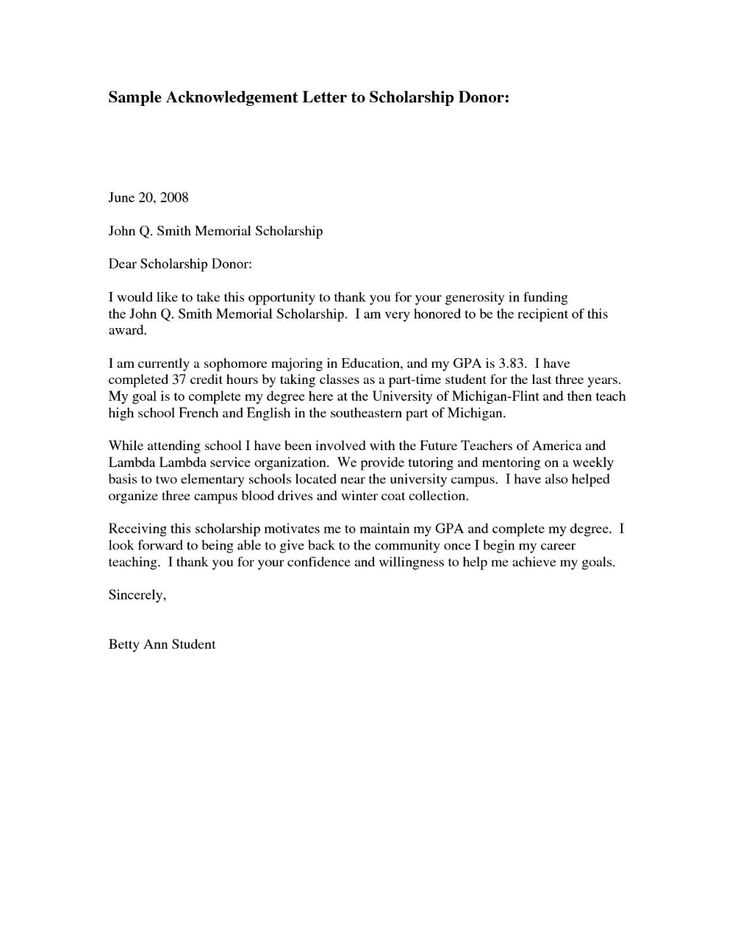
The opening paragraph of a gratitude letter should immediately convey the purpose of the message. Begin by clearly stating your appreciation for the recipient’s support, guidance, or encouragement. Be specific about what they have done for you, whether it’s helping with a project, offering advice, or providing encouragement during challenging times.
Avoid vague statements and aim for sincerity. Mention how their actions have positively impacted your learning experience or personal growth. This helps create an authentic connection right from the start, making your gratitude feel genuine and heartfelt.
Keep the tone warm and friendly, setting the stage for the rest of the letter. Establish a sense of gratitude and openness that will carry through the rest of your message. By directly addressing the recipient’s contribution, you create a focused and meaningful introduction to your letter.
Expressing Specific Appreciation in the Body
Recognize the student’s individual strengths with clear examples. Mention specific actions or moments where their efforts stood out. For example, acknowledge a well-researched paper, a project where they demonstrated leadership, or a time when they helped classmates understand a difficult concept. This will make your appreciation feel genuine and personalized.
Highlight how their contributions have positively impacted the class. If their insights helped spark discussions or if they introduced new ideas, point these out. This shows that you value their unique input and that they’ve made a tangible difference.
Be direct about the qualities you admire. Whether it’s their dedication, creativity, or problem-solving skills, being specific about what you appreciate helps the student feel truly seen. Telling them exactly what they did well boosts their confidence and motivates them to keep pushing their limits.
Closing Your Gratitude Letter with Impact
To leave a lasting impression in your gratitude letter, focus on crafting a conclusion that feels both heartfelt and sincere. A simple yet powerful closing statement can reinforce your message and leave the reader with a positive feeling.
Be Specific and Personal
Instead of using generic phrases, reference specific moments or actions that made the experience meaningful. Mentioning how those contributions impacted you personally makes the closing more genuine and memorable.
End with a Call to Action or Reflection
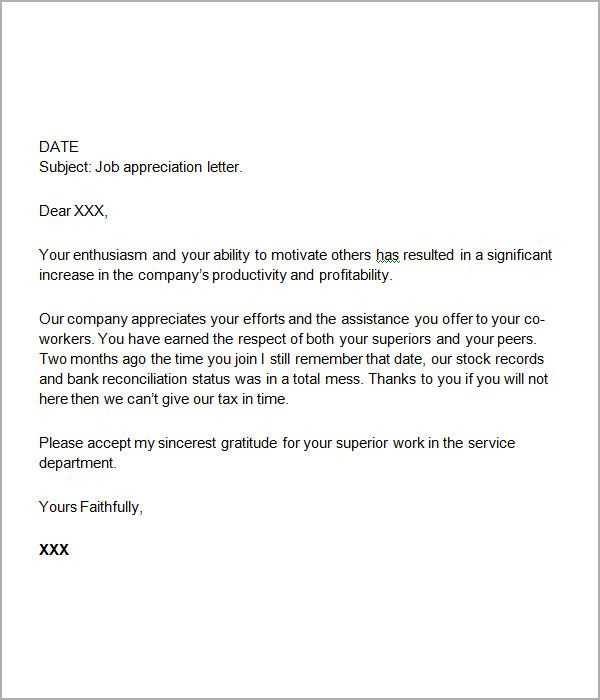
Encourage the recipient to continue their good work or suggest a positive next step. A gentle invitation to stay in touch or continue collaborating can make your letter feel more engaging and forward-thinking.
| Effective Closing Statements | Why They Work |
|---|---|
| “Your support has truly made a difference, and I look forward to staying in touch.” | This statement expresses appreciation while also creating an opportunity for future connection. |
| “I hope to continue learning from your guidance in the future.” | Highlights the positive impact and the desire for ongoing mentorship or support. |
| “Thank you once again for everything you have done for me.” | Clear, concise, and impactful; it leaves no room for ambiguity about your appreciation. |
How to Personalize the Template for Different Situations
Begin by adjusting the tone based on the relationship you share with the recipient. For formal situations, like a letter to a professor or principal, use polite and respectful language. In casual scenarios, such as thanking a classmate or a friend, you can be more relaxed and friendly.
Consider the specific reason for expressing gratitude. If you are thanking a teacher for their help during a project, mention the specific guidance or support they provided. If you’re thanking a mentor for career advice, highlight their influence on your professional growth.
Include details about the situation that made their help stand out. Instead of a generic “thank you,” try something more personal like:
- “Your encouragement during my research project made all the difference.”
- “Your insights during our conversation helped me see things in a new light.”
For letters to peers, acknowledge their contributions with examples. Instead of just saying “thank you for your help,” explain how their assistance impacted you. For example:
- “Your feedback on my paper helped me improve my argument and structure.”
- “I couldn’t have completed the group project without your creative input.”
Lastly, remember to end the letter in a way that matches the context. For formal letters, a closing like “Sincerely” or “Yours respectfully” works well. For informal thank-yous, something like “Take care” or “With appreciation” keeps it warm yet genuine.